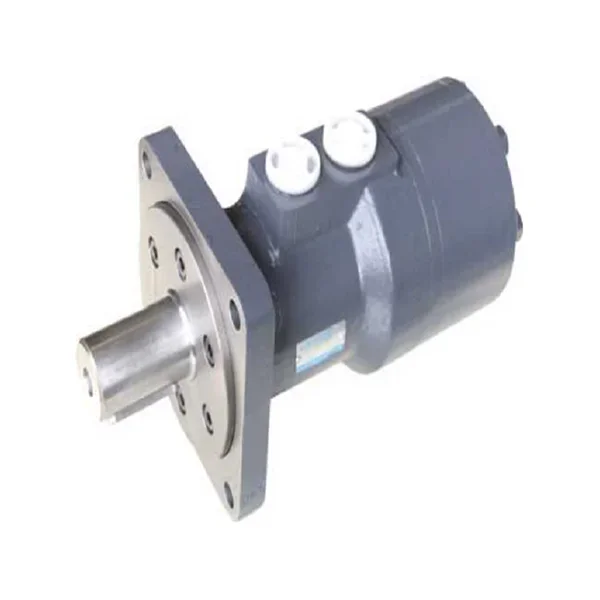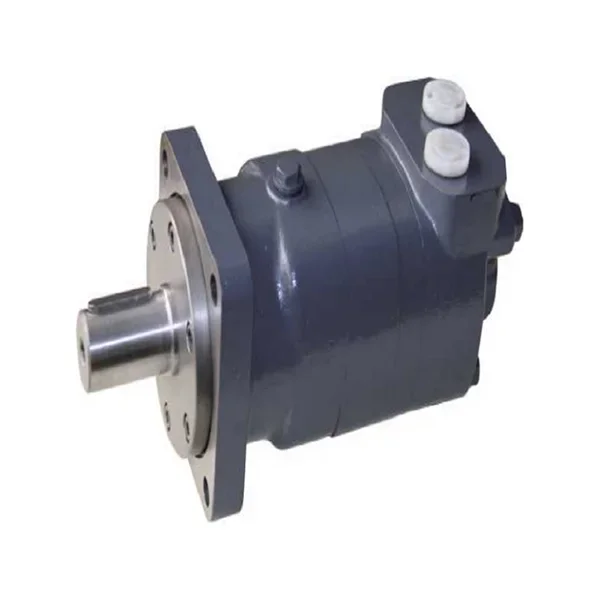Steering systems are an essential component of any vehicle, ensuring safe and precise control over its direction. Traditionally, hydraulic steering gear has been the go-to choice for many vehicles, but in recent years, electric steering has gained popularity. In this article, we will conduct a comparative analysis of hydraulic steering gear and electric steering, exploring their differences, advantages, and disadvantages.
I. Understanding Hydraulic Steering Gear
Hydraulic steering gear operates on the principle of fluid pressure. It consists of a hydraulic pump, steering cylinder, and control valve. When the driver turns the steering wheel, the pump pressurizes hydraulic fluid, which then activates the steering cylinder, causing the wheels to turn.
Advantages of Hydraulic Steering Gear:
1. Robust and Reliable: Hydraulic steering gear is known for its durability and ability to withstand harsh conditions, making it suitable for heavy-duty vehicles.
2. Excellent Feedback: Hydraulic systems provide better feedback to the driver, allowing for a more intuitive driving experience.
3. Power Assistance: Hydraulic steering gear provides power assistance, reducing the effort required to turn the wheels, especially at low speeds or when parking.
Disadvantages of Hydraulic Steering Gear:
1. Energy Consumption: Hydraulic systems require a constant supply of hydraulic fluid, which can lead to increased energy consumption compared to electric steering.
2. Maintenance: Hydraulic systems require regular maintenance, including fluid checks and potential leak repairs.
3. Weight and Space: Hydraulic steering gear is bulkier and heavier than electric steering systems, which can impact vehicle weight and space utilization.

II. Understanding Electric Steering
Electric steering, also known as electric power-assisted steering (EPAS), replaces the hydraulic components with an electric motor and sensors. The motor assists in turning the wheels based on the driver's input, providing a more efficient and precise steering experience.
Advantages of Electric Steering:
1. Energy Efficiency: Electric steering systems consume less energy compared to hydraulic systems, resulting in improved fuel efficiency.
2. Compact Design: Electric steering systems are more compact and lightweight, allowing for greater flexibility in vehicle design and improved space utilization.
3. Advanced Features: Electric steering systems can incorporate advanced features such as lane-keeping assist and adaptive steering, enhancing safety and convenience.
Disadvantages of Electric Steering:
1. Reduced Feedback: Electric steering systems may provide less feedback to the driver compared to hydraulic systems, resulting in a less connected driving experience.
2. Reliance on Electronics: Electric steering systems heavily rely on electronics, making them more susceptible to electrical failures or malfunctions.
3. Cost: Electric steering systems are generally more expensive to manufacture and repair compared to hydraulic systems.

III. Comparative Analysis
1. Performance: Hydraulic steering gear provides better feedback and a more connected driving experience, especially for enthusiasts. Electric steering, on the other hand, offers smoother and more precise control, particularly at higher speeds.
2. Energy Efficiency: Electric steering systems are more energy-efficient, contributing to improved fuel economy and reduced emissions.
3. Maintenance: Hydraulic steering gear requires more maintenance, including fluid checks and potential leak repairs. Electric steering systems have fewer maintenance requirements.
4. Cost: Hydraulic steering gear is generally less expensive to manufacture and repair compared to electric steering systems. However, the cost difference is gradually decreasing as electric steering becomes more prevalent.
5. Vehicle Application: Hydraulic steering gear is commonly used in heavy-duty vehicles, such as trucks and construction equipment, due to its robustness. Electric steering is more commonly found in passenger cars and smaller vehicles.
Conclusion
Both hydraulic steering gear and electric steering have their advantages and disadvantages. Hydraulic steering gear offers robustness and excellent feedback, while electric steering provides energy efficiency and advanced features. The choice between the two depends on factors such as vehicle application, driving preferences, and cost considerations. As technology advances, electric steering systems are becoming more refined and may eventually surpass hydraulic steering gear in popularity.
What Are the Key Components and Working Principles of Hydraulic Steering Gear?